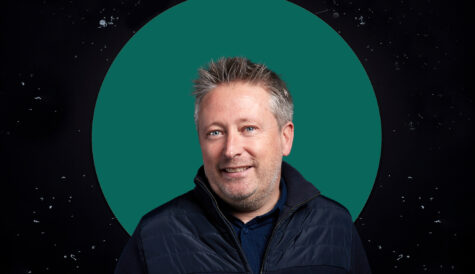Study: time-frequency slicing could up DTT capacity by 25%
 The use of time-frequency slicing technology in digital-terrestrial transmission could provide a capacity gain of between 20% and 25%, enabling the launch of additional high-bandwidth services such as UHD channels, according to a study by the European Broadcasting Union (EBU).
The use of time-frequency slicing technology in digital-terrestrial transmission could provide a capacity gain of between 20% and 25%, enabling the launch of additional high-bandwidth services such as UHD channels, according to a study by the European Broadcasting Union (EBU).
Time Frequency Slicing (TFS) is a technique that enables multiple frequency channels to be aggregated into a single wider frequency channel. The content of individual programmes is sliced into ‘blocks’ of information, which are transmitted in different frequency channels within the TFS aggregation, according to the EBU.
The technique could be used to increase the coverage area of the multiplexes transmitted or to increase the capacity, according to the organisation.
The EBU said that its simulations and field measurements showed that combining four to six RF channels with standard rooftop aerial reception could delver a capacity gain of 20-25%, with a further gain of about 15% possible from statistical multiplexing.
Deploying the technology would require new set-top boxes, but would not require changes in aerials. It would require changes in modulators and other headend equipment.
The EBU said that the technology would need to be introduced alongside new features such as HEVC or UHD Phase 2 in any future version of DVB standards.
The EBU’s broadcast network planning project group carried out a series of studies in France, Sweden and the UK, the results of which have been published as EBU Technical Report 035.



